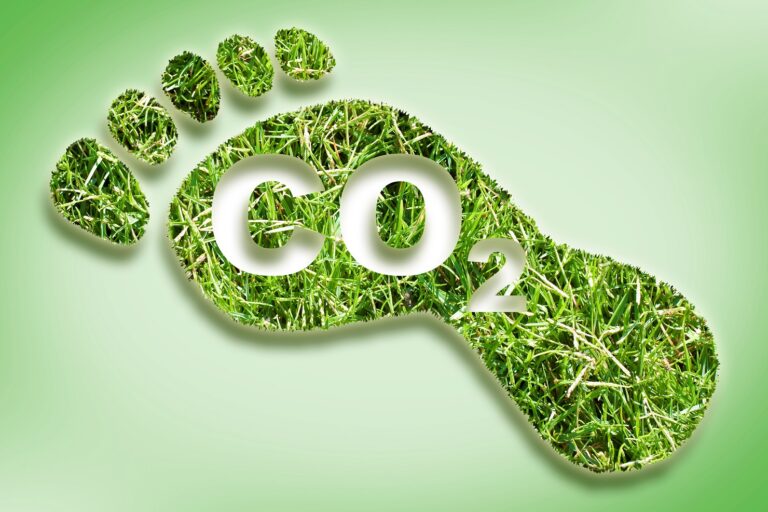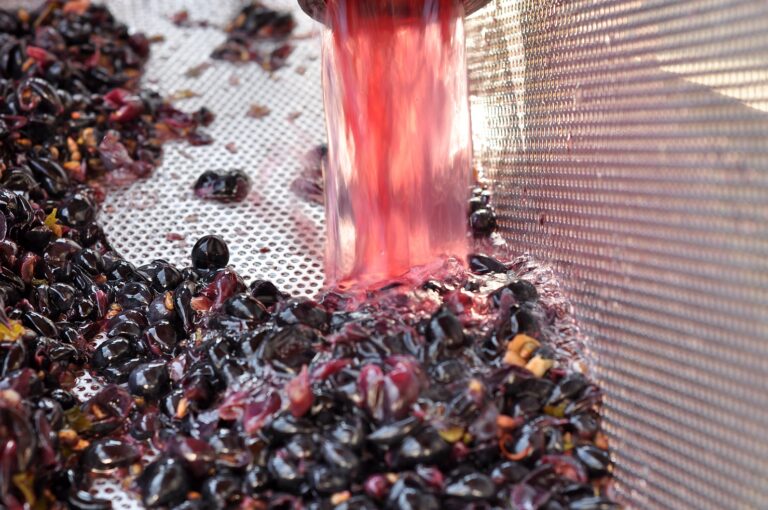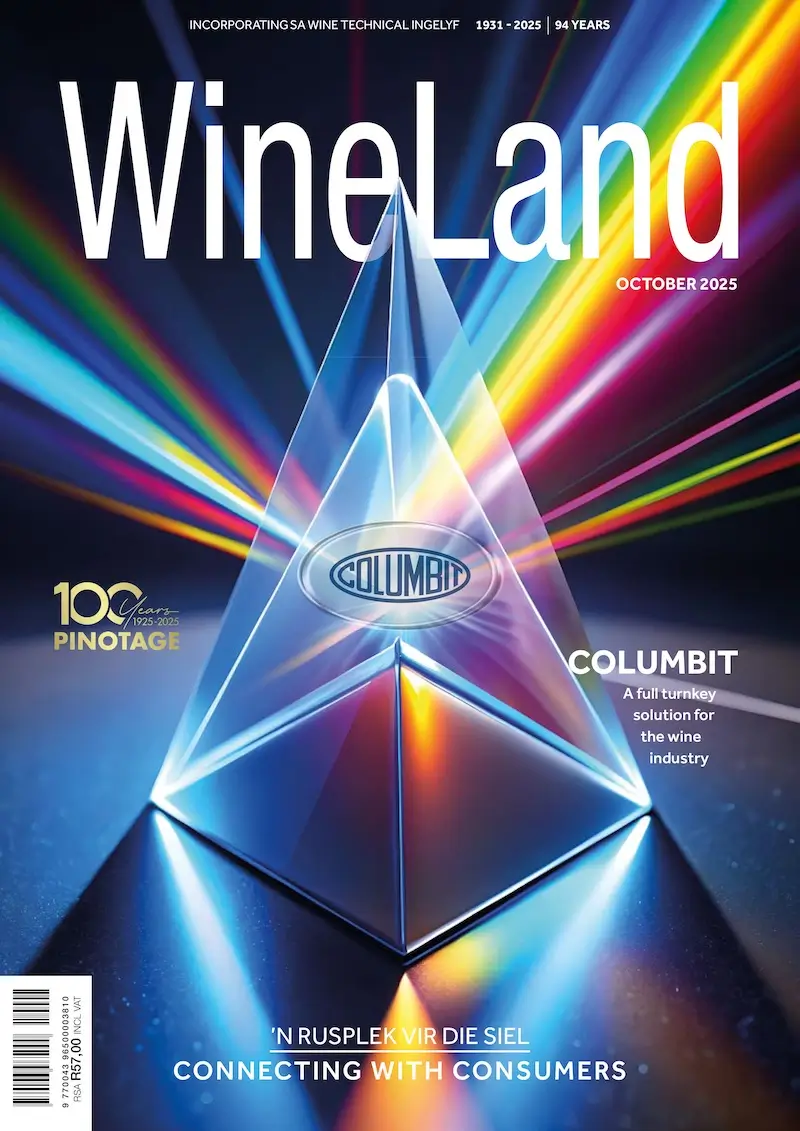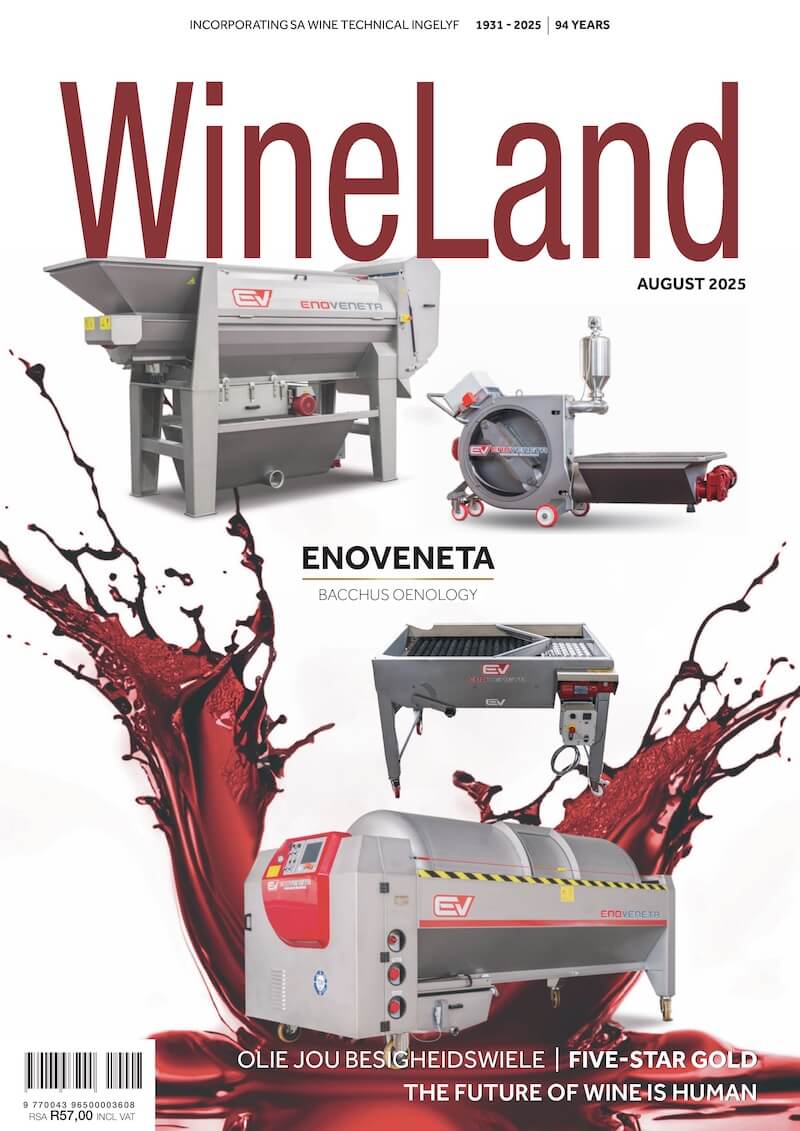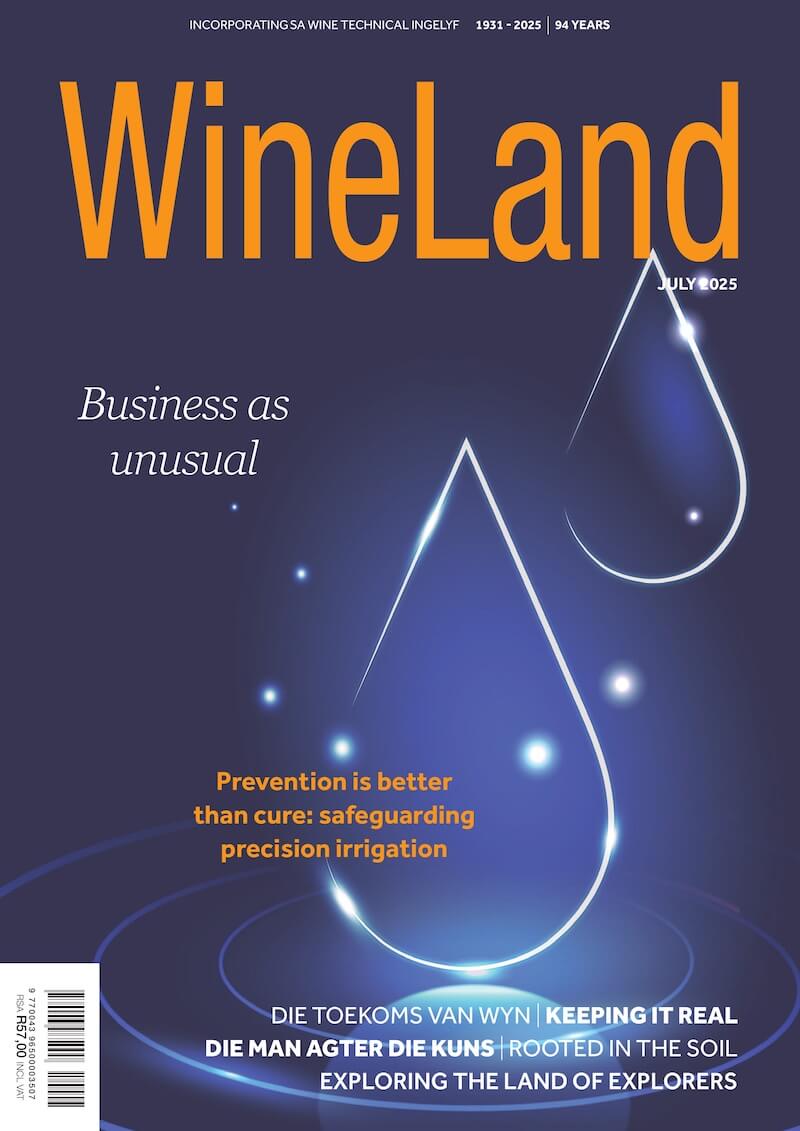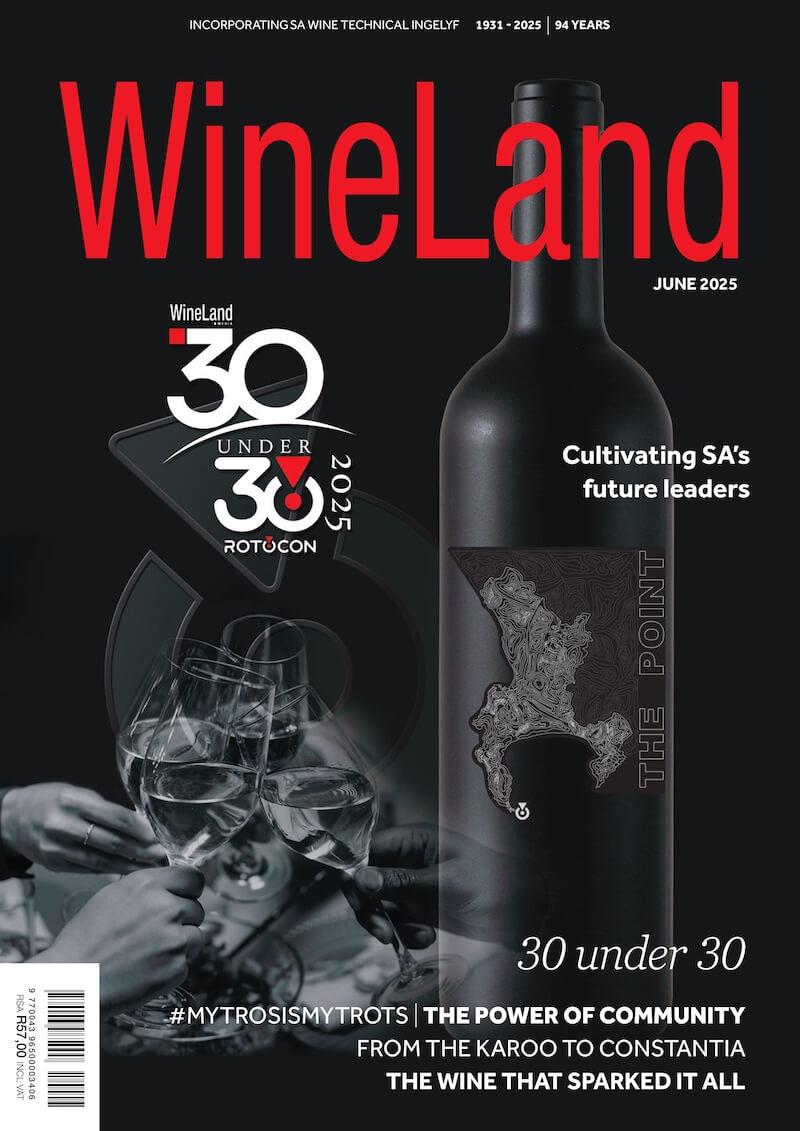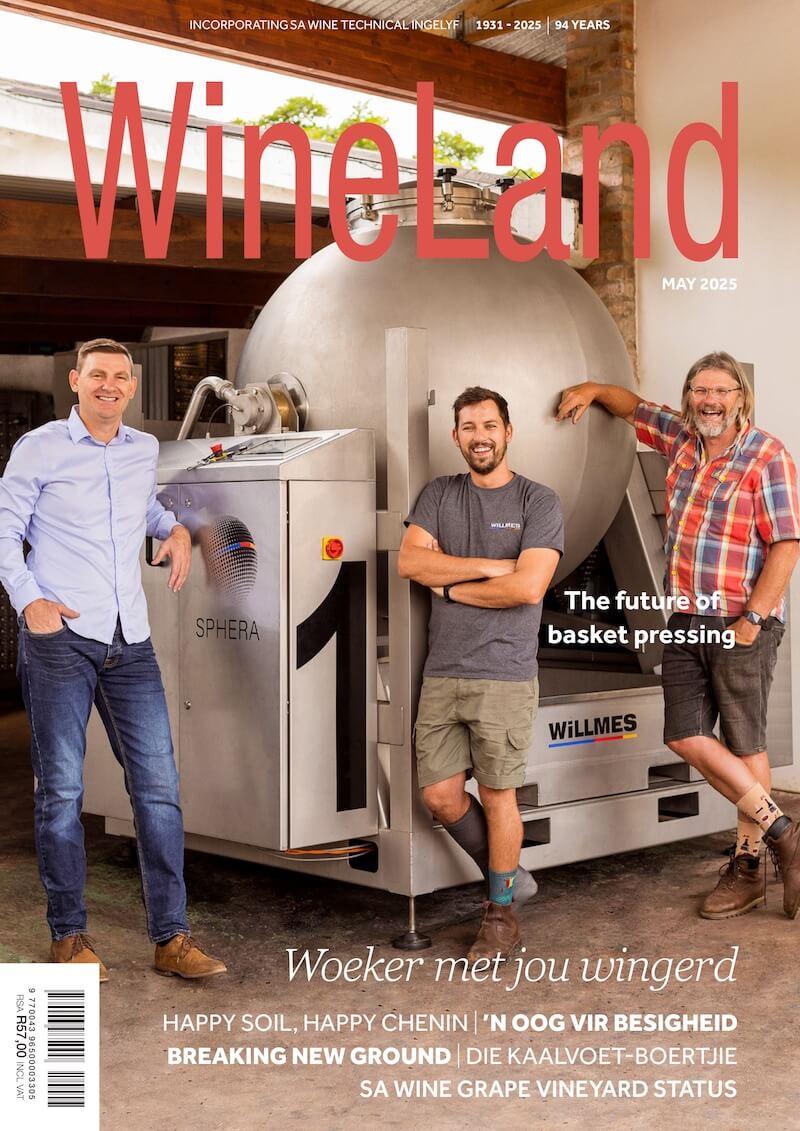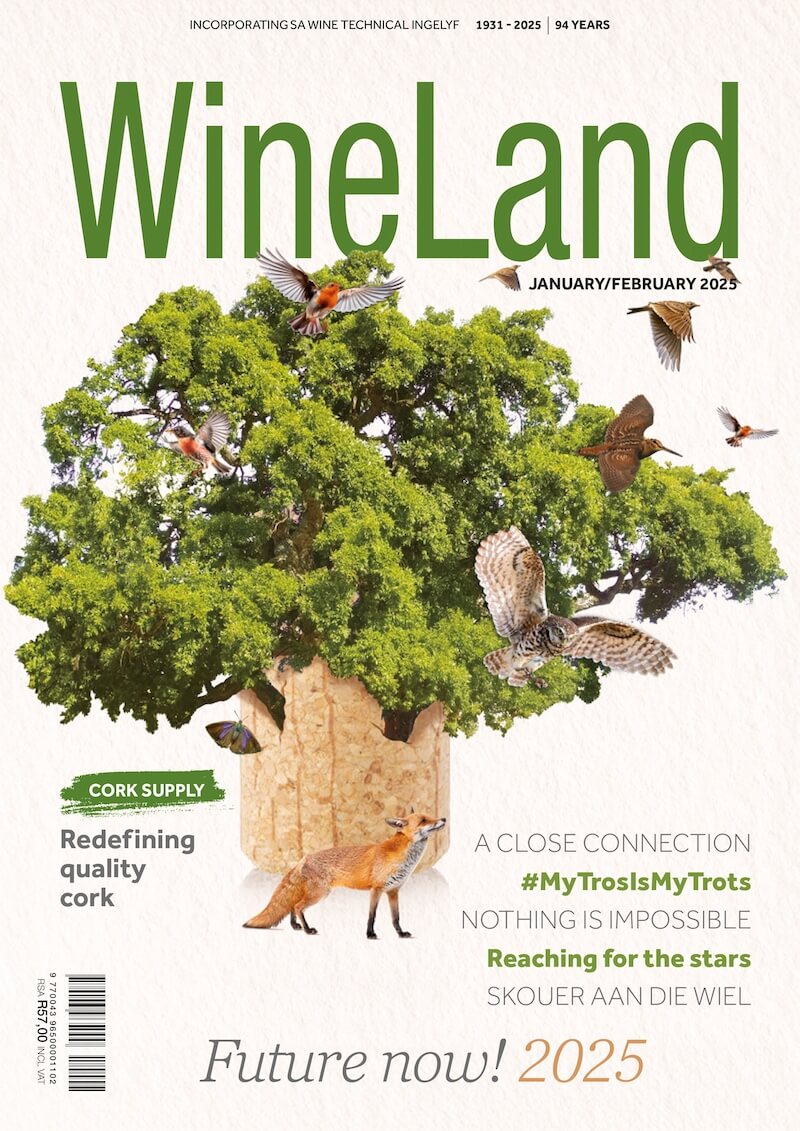By Ana Hranilovic & Karien O’Kennedy
Over the past few decades, the wine industry has increasingly relied on selected microorganisms to enhance the reliability and predictability of fermentation. While this has brought consistency and quality to winemaking, emerging consumer expectations around sustainability are prompting producers to look further. One less-explored strategy with promising potential is the use of specific yeast strains to reduce energy consumption in wineries.
Why cooling matters
A major source of energy use in wineries is refrigeration. According to a recently published report by the OIV, “Energy saving in winemaking – impact of alcoholic fermentation,”1 approximately 90% of a winery’s electricity bill is linked to cooling processes, including controlling fermentation temperature, cold stabilisation and cold storage. Among these, fermentation temperature control is particularly demanding, accounting for up to 45% of total energy consumption.
Fermentation produces heat, and the production of white and rosé wines, in particular, requires precise temperature control to preserve aroma and freshness. This means that winemakers must continuously apply cooling during fermentation, an energy-intensive process.
Small changes, big impact
Traditionally, lower fermentation temperatures are believed to yield more aromas, particularly in the production of white wine. However, research suggests that this assumption does not always hold. In fact, the optimal fermentation temperature varies depending on the yeast strain and the specific fermentation conditions.
The OIV report mentions several research projects that have demonstrated that modest increases in fermentation temperature can lead to substantial energy savings without compromising the wine’s sensory or chemical profile.
- An increase in the fermentation temperature of 4°C (from 15°C to 19°C) of a Chardonnay sparkling base wine resulted in an approximately 65% reduction in energy use, with no measurable differences in chemical parameters or sensory characteristics.2
- An increase in fermentation temperature of 5°C (from 14°C to 19°C) in a Riesling must resulted in energy savings of up to 70% with no impact on wine quality.3
- In fermentations of Glera (for Prosecco) and Pinot grigio musts, energy savings of up to 35% were obtained when temperatures were adjusted from between 15°C and 17°C to 19°C, with no significant impact on chemical parameters or sensory outcomes.4
Fermentation temperature and wine aroma
Numerous studies have investigated the effect of fermentation temperature on wine aroma. A study conducted in New Zealand on Sauvignon blanc yielded results similar to those reported by the OIV, comparing fermentations at 12.5°C and 25°C.5 Despite variations in the wine’s chemical parameters, a sensory panel could not perceive significant differences in 75% of the wine pairs fermented at the two temperatures. For the 25% of wines where sensory differences were identified, the wines fermented at 25°C were unexpectedly perceived as fruitier, primarily due to elevated concentrations of the varietal thiol, 3SH (3-sulfanylhexan-1-ol). The researchers concluded that fermentation at higher temperatures could reduce energy costs without adversely affecting wine quality.
Studies generally indicate that the concentrations of the two varietal thiols, 4MSP (4-methyl-4-sulfanylpentan-2-one) and 3SH, increase with increasing fermentation temperature. However, the academic literature presents conflicting results regarding 3SHA (3-sulfanylhexyl acetate), an acetate thiol formed from 3SH during fermentation, as well as other fermentation esters.6
This discrepancy can be partially attributed to the manner in which the experiments were conducted. For example, 3SHA has higher volatility than 4MSP and 3SH, and can be lost via volatilisation if the fermentation is maintained at an elevated temperature.
The two major groups of wine esters are ethyl esters of fatty acids and acetate esters of higher alcohols.7 The levels of ethyl esters primarily depend on the concentration of their fatty acid precursors (e.g., butanoic acid, hexanoic acid and octanoic acid), which, in turn, are strongly influenced by fermentation conditions. For instance, challenging conditions such as lower temperatures and low turbidity can enhance the formation of medium-chain fatty acids (MCFAs) and, consequently, their corresponding ethyl esters. This behaviour contrasts with acetate esters, whose formation depends more on acetyl transferase enzymatic activity (e.g., Atf1p) and less on substrate concentration.
ZYMAFLORETM yeasts and fermentation temperature
Fermentation experiments were conducted in Bordeaux using ZYMAFLORETM XAROM and ZYMAFLORETM KLIMA in Sauvignon blanc grape must at 16°C and 21°C.8 Wines produced at 21°C demonstrated significantly higher concentrations of varietal thiols than those fermented at 16°C (Figure 1). Conversely, concentrations of mainly the ethyl esters were reduced at the elevated temperature, underscoring the necessity of aligning the yeast strain with the desired wine style (Figures 2 & 3).

FIGURE 1. Volatile thiol production by two yeasts fermented at different temperatures in Sauvignon blanc must.8

FIGURE 2. Ethyl ester production by two yeasts fermented at different temperatures in Sauvignon blanc must.8

FIGURE 3. Acetate esters formed by two yeasts fermented at different temperatures in Sauvignon blanc must.8
Practical guidelines for winemakers
A winemaker seeking to enhance mainly thiol aromas in a wine can achieve this by fermenting with ZYMAFLORETM KLIMA or ZYMAFLORETM XAROM at higher temperatures, such as 18°C instead of 13°C, while also conserving energy compared to fermenting at 13°C.
However, to render the wine more appealing to specific consumers or increase the overall complexity of aromas, a slightly lower fermentation temperature (e.g., 16°C) can be employed to enhance ester retention, while reducing energy consumption compared to fermentation at 13°C. Fermentations may also be initiated at higher temperatures to facilitate thiol release and conversion, followed by a reduction towards the end of fermentation to prevent ester volatilisation.
Conclusions
Experimenting with fermentation temperatures is a worthwhile consideration for winemakers seeking to minimise their energy footprints during white wine production. Winemakers are encouraged to:
- Collaborate with yeast suppliers to run fermentation trials at slightly higher temperatures.
- Explore new yeast strains well-adapted to higher-temperature fermentations, such as 18°C instead of 13°C, without compromising aroma or fermentation reliability.
- Experiment with temperature variation by initiating fermentation at elevated temperatures and then lowering the fermentation temperature towards the end of the process.
Optimising fermentation temperature is a straightforward intervention that, if carefully managed, can contribute meaningfully to environmental targets, while maintaining or even enhancing wine quality.
References
- Oelofse, A, Morata, A, Gonzales Chamorro, C, et al. Energy Saving in Winemaking: Impact of Alcoholic Fermentation; 2024. www.oiv.int.
- Giovenzana, V, Beghi, R, Vagnoli, P, Lacono, F, Guidetti, R, Nardi, T. Evaluation of energy saving using a new yeast combined with temperature management in sparkling base wine fermentation. Am J Enol Vitic. 2016; 67(3). doi:10.5344/ajev.2016.15115.
- Schwinn, M, Durner, D, Wacker, M, Delgado, A, Fischer, U. Impact of fermentation temperature on required heat dissipation, growth and viability of yeast, on sensory characteristics and on the formation of volatiles in Riesling. Aust J Grape Wine Res. 2019; 25(2):173-184. doi:10.1111/AJGW.12386.
- Beghi, R, Giovenzana, V, Guidetti, R, Luison, M, Nardi, T. Evaluation of energy savings in white winemaking: impact of temperature management combined with specific yeasts choice on required heat dissipation during industrial-scale fermentation. Journal of Agricultural Engineering. 2023; 54(3). doi:10.4081/jae.2023.1523.
- Deed, RC, Fedrizzi, B, Gardner, RC. Influence of fermentation temperature, yeast strain, and grape juice on the aroma chemistry and sensory profile of Sauvignon blanc wines. J Agric Food Chem. 2017; 65(40):8902-8912. doi:10.1021/acs.jafc.7b03229.
- Rollero, S, Bloem, A, Camarasa, C, et al. Combined effects of nutrients and temperature on the production of fermentative aromas by Saccharomyces cerevisiae during wine fermentation. Appl Microbiol Biotechnol. 2015; 99(5):2291-2304. doi:10.1007/S00253-014-6210-9.
- Sumby, KM, Grbin, PR, Jiranek, V. Microbial modulation of aromatic esters in wine: Current knowledge and future prospects. Food Chem. 2010; 121(1). doi:10.1016/j.foodchem.2009.12.004.
- Hranilovic, A, Capitanio, J, Mansour, C, et al. Novel yeast strains for fresher wine profiles. In: American Society of Enology and Viticulture National Conference, Portland, USA; 2024.
For more information, contact Morné Kemp at morne.kemp@laffort.com.
Click here to get your copy of WineLand Magazine.
